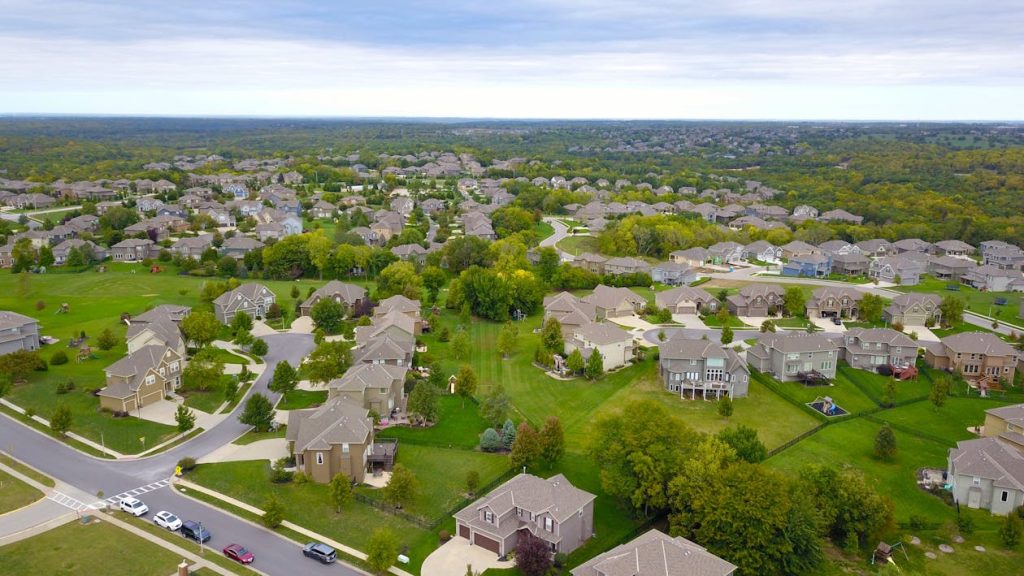It’s in the architecture that neighborhoods come alive and flourish; how structures are designed and planned influences more than aesthetics-only functionality, connectivity, and ambiance for its citizens. In other words, thoughtful architecture can breed social intercourse, catalyze sustainability, and hence economic growth, causing a neighborhood to flourish and thrive. This post will show three ways architecture contributes to building successful, dynamic neighborhoods in this article.
1. A Celebration Of Social Connectivity Through Thoughtful Design
Architecture can significantly impact people’s interactions in a neighborhood. Buildings that provide easy modes of social interaction with public spaces enhance the livability of a place by letting people feel each other. Such well-designed walkable streets, public spaces, or parks and courtyards as communal spaces and multiple-use spaces that evoke social activities can transform a set of houses into a community where people interact most frequently with each other.
Architecture facilitates a sense of belonging that is necessary for any healthy neighborhood by focusing attention on communal spaces. For example, wide sidewalks, community gardens, or even rooftop terraces encourage chance encounters and chats between neighbors. Mixed-use buildings, with both residential and commercial spaces, take it further, putting people together to work as well as to play. When residents regularly hold meetings and interact in these common places, the chance of developing a community is bound to grow stronger, thus making the neighborhood more vibrant and alive.
2. Sustainability And Eco-Friendliness For Livability In Architecture
Sustainability is one of the prominent aspects of modern architecture, which helps in the broad creation of thriving neighborhoods. Not only does sustainability through green buildings contribute to the betterment of the environment, but they also improve the quality of life of the residents. Incorporating eco-friendly materials, energy-efficient designs, and sustainable technologies into homes and community spaces can help reduce the environmental impact of a neighborhood and enhance a healthier, more livable environment. Among these features, solar panels, rainwater harvesting systems, and energy-efficient windows offer long-term cost savings for residents.
For example, in Colorado, sustainability often tops the agenda, and one would find Colorado residential architects blazing new trails in designing homes that are not only eco-friendly but also transition into the surroundings. Such architects often make elements such as green roofs, energy-efficient insulation, and passive solar heating contribute to making beautiful homes as well as environmentally responsible ones. Architecture is what has facilitated the thriving neighborhood today to thrive in the future by keeping its carbon footprint low and challenging residents to live healthier while keeping sustainability at its forefront.
3. Facilitating Economic Development with Attractive Designs
Architecture is also capable of stimulating economic activity within a neighborhood through attractive and functional designs. Well-designed spaces can attract businesses, visitors, and new residents, thus creating a cycle of economic growth that will benefit the larger community. Modern architectural designs that include retail, office, and residential space combined into one location make neighborhoods appealing to small business owners, as well as large corporations. This kind of mixed development will ensure that the neighborhoods remain lively, with people shopping, working, and socializing all in one place.
Besides bringing in businesses, aesthetic architectures also bring in tourists and raise the value of residences in the area. These two aspects form the economic well-being of a neighborhood. Individualistic aesthetic buildings make neighborhoods local points of attraction and attract visitors from other towns. The visitors can help out the local cafes, boutiques, and so forth, stimulating a neighborhood economy. In fact, architecture is critical to long-term economic success for the community and to ensure that the neighborhoods are not only aesthetically pleasing but functional as well.
Conclusion
Architecture defines the growth and development of a neighborhood since it is a determinant of social connectivity, sustainability, and economic growth. Thoughtful architecture can create spaces where people feel a great connection with everyone around them, which is supportive and full of pride in living for the people. From integrating community spaces into the design in a sustainable way to making them appealing and multifunctional, architects have the real power to transform relatively ordinary neighborhoods into lively, dynamic communities. As living and working continue to be reconsidered, architecture will continue to play an important role in vibrant neighborhoods. Whether it’s the facilitation of socialization, minimal ecological footprinting, or economic stimulation, architecture forms the basis for an active, thriving society.

